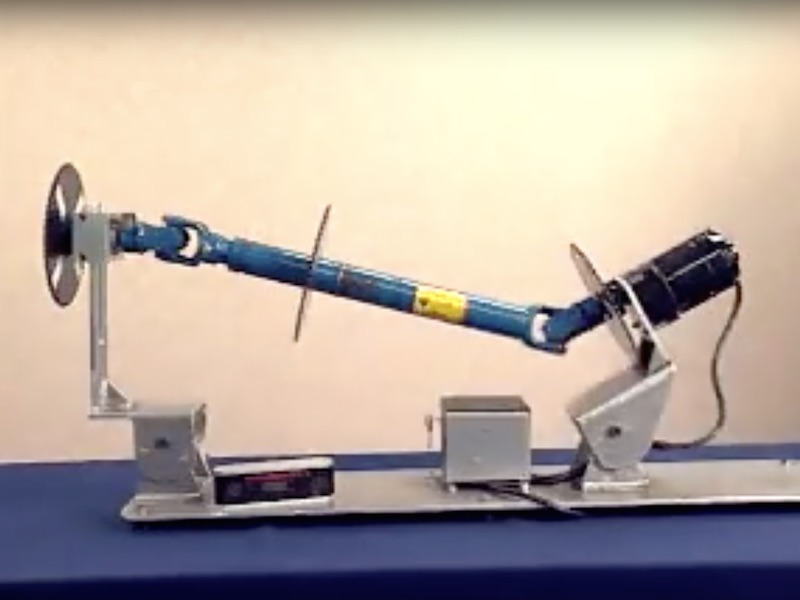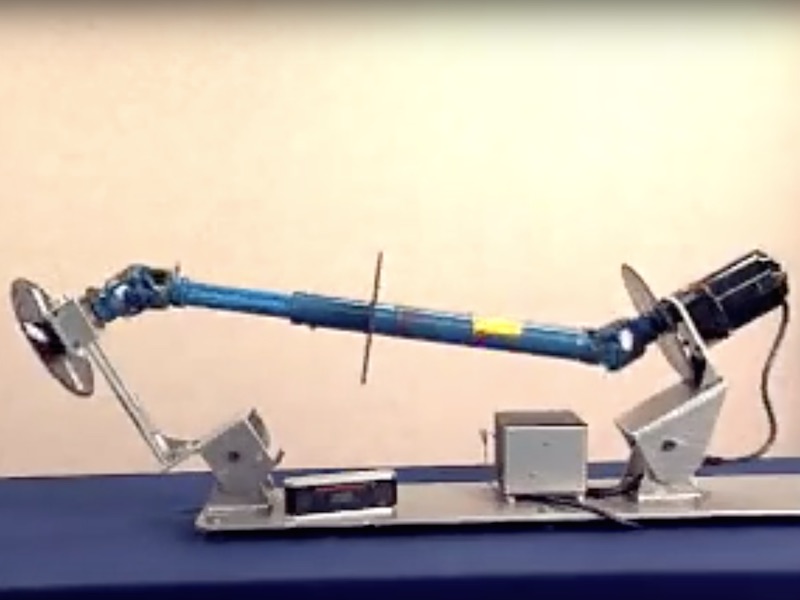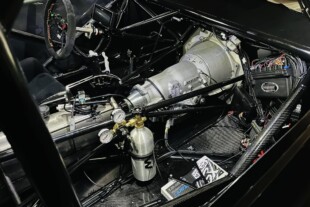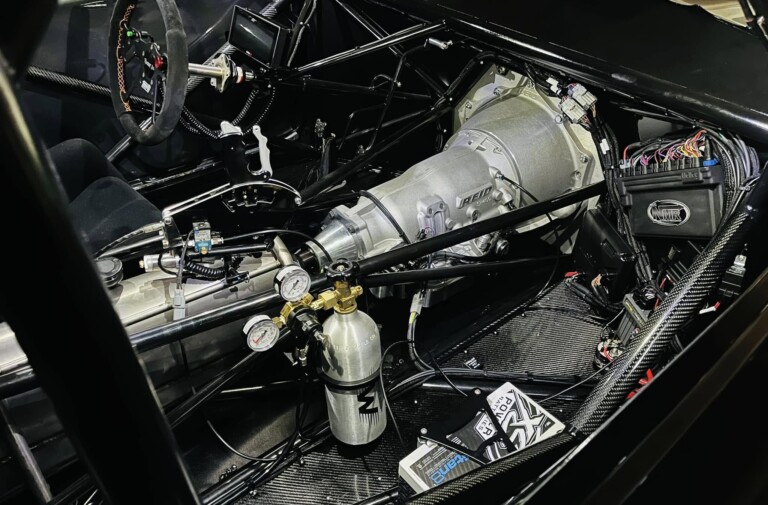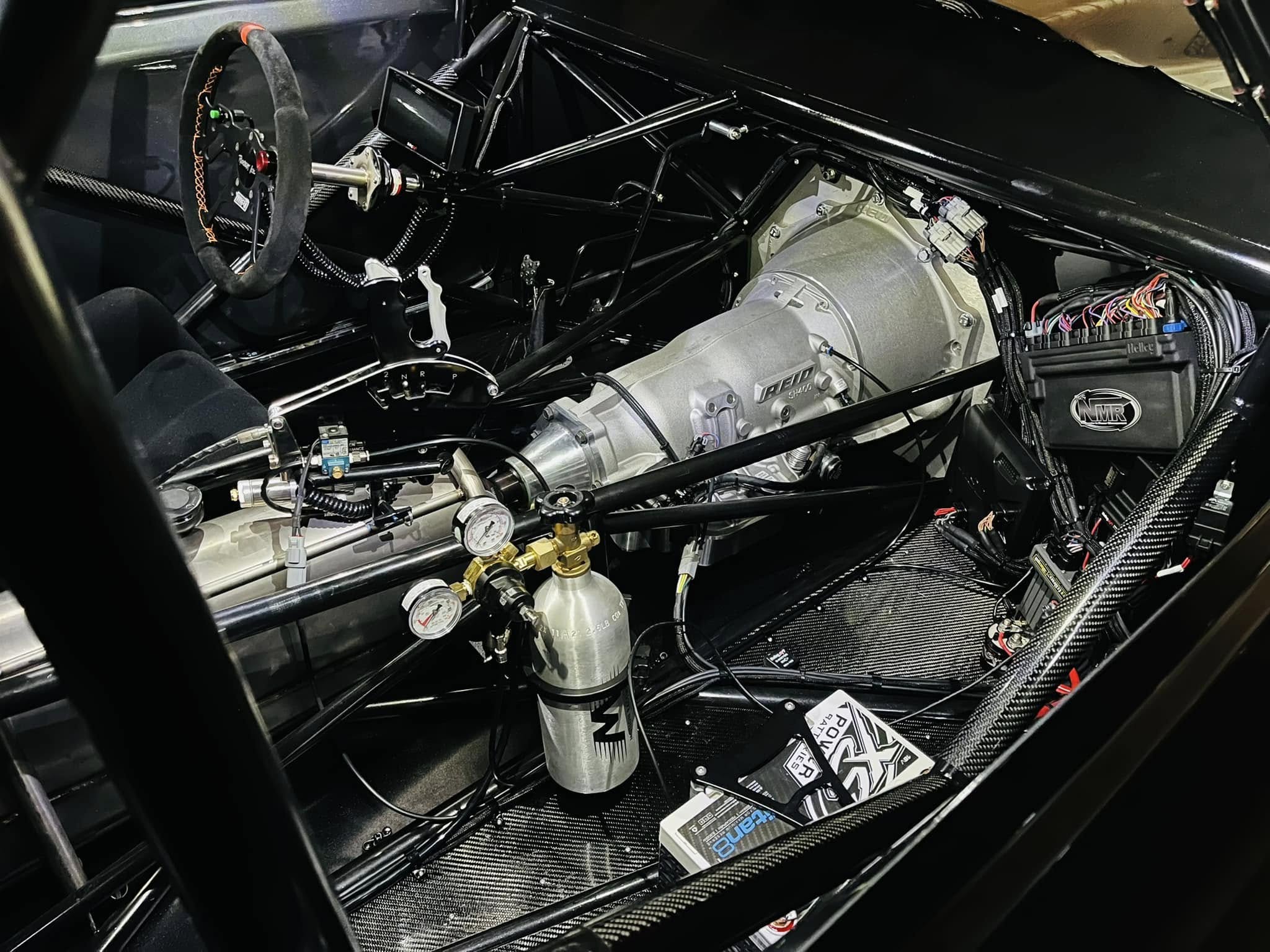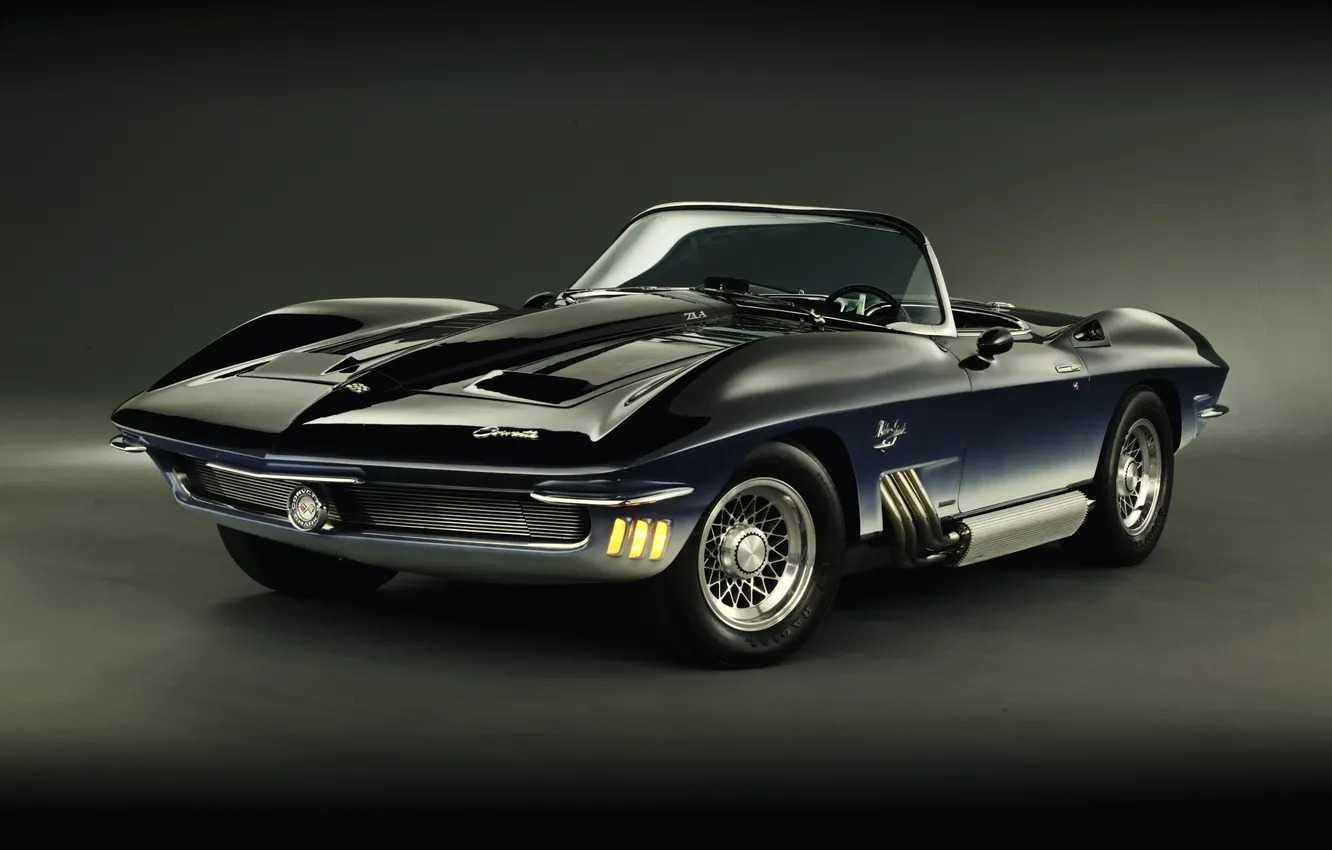When it comes to creating your very own custom car, most of the fun comes in deciding what is right for you. Lift the chassis? Lower it? Slam it all the way to the ground? The choices are almost endless.
Unfortunately, when novice builders start changing the angles of their driveshaft, problems can start to show up. Vibrations that wear out components or make the car uncomfortable to drive leave the beginning builder to blame the components and not the their own driveline engineering.
This video shows how the different angles of the output shaft, universal joints and input shafts have a dramatic effect on the balance of the driveline. One of the most common causes of driveshaft vibration is universal joint operating angles. A couple of simple rules should be followed to help prevent driveshaft vibration:
- Rule one: Universal Joint operating angles at each end of the driveshaft should be at least one degree.
- Rule two: The operating angles of the universal joints on each end of the driveshaft should be equal, or within 1 degree, of each other.
- Rule three: To help minimize vibrations, the universal joint operating angles should not be larger than 3 degrees.
The angles of the U-joints play a significant role in reducing driveline vibrations. If the angle of the U-joints are the same at the beginning and end of the driveline, there is less chance for vibration problems. The example on the right shows U-joints that are phased together properly.
The magnitude of a vibration created by a universal joint operating angle is proportional to the size of the universal joint operating angle. Which in plain garage speak means: The larger the U-joint angle means the vibration is going to be larger.
For more information on driveshaft angles, driveshaft specialists along with transmission and rearend experts should be questioned on driveline angles.



